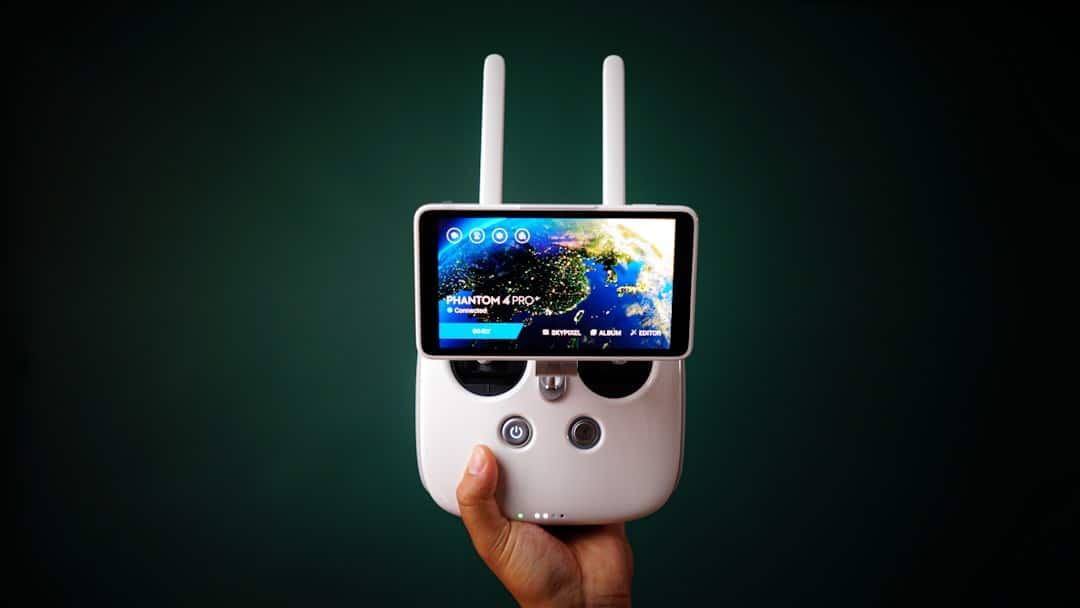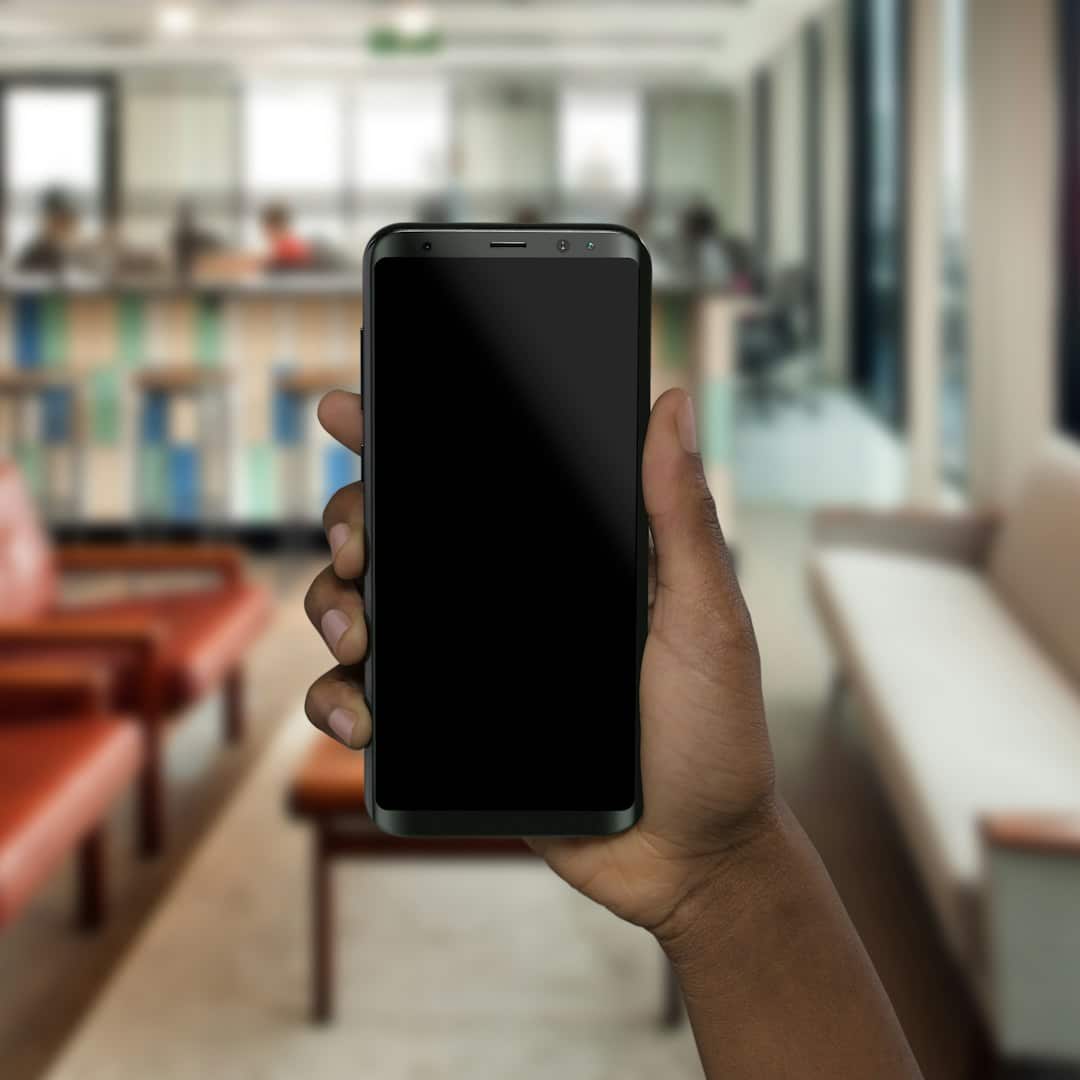
TTY Meaning: What It Stands for and How It’s Used
In today’s fast-paced digital world, communication is more inclusive than ever. One innovation that made waves in enhancing accessibility was the TTY device. You may have seen “TTY” listed in your phone’s accessibility settings or come across it in medical or emergency care documentation. So, what exactly does TTY mean, and how is it used? Let’s dive into the meaning, history, and everyday applications of this intriguing technology.
What Does TTY Stand For?
TTY stands for Text Telephone or sometimes Teletypewriter. Initially designed for individuals who are deaf, hard of hearing, or have a speech impairment, TTYs enabled text-based communication via standard telephone lines. Think of it as a digital typewriter that allows a conversation to happen through typed text, long before the internet and texting became ubiquitous.

How Does a TTY Work?
A TTY device resembles a small keyboard with a screen and modem. When one person types a message, it is converted into audio tones that travel across a telephone line. The receiving TTY device then translates those tones back into text, which is displayed on a screen or printed on paper. This allows two individuals to carry on a real-time conversation through text — even in an era before smartphones and instant messaging.
TTYs require both ends of the conversation to have compatible devices. If one user doesn’t have a TTY device, a Telecommunications Relay Service (TRS) becomes essential. In this setup, an operator acts as a middleman by reading typed text aloud to the hearing recipient and typing back spoken replies.
A Typical TTY Conversation Looks Like This:
- User A types: “Hello, your appointment is at 3 PM. GA” (GA stands for “Go Ahead”)
- User B responds: “Thank you. Will see you then. SK” (SK means “Stop Keying” or end of conversation)
These shorthand codes are essential for indicating turns in conversation and when a communication session has ended.
Evolution and Modern Usage
With the rise of cellphones, text messaging, video chats, and instant messengers, the need for traditional TTY devices has significantly decreased. However, some people still rely on TTY, especially in areas with limited internet connectivity or among communities where this technology is already established.
Modern smartphones even include TTY compatibility. For example, on both Android and iOS, you can enable TTY mode via the accessibility settings. When activated, phones can connect with external TTY devices through adaptors.
Types of TTY Modes on Smartphones:
- TTY Full: Both voice and hearing are disabled; communication is entirely via TTY.
- TTY HCO (Hearing Carry Over): For users who can hear but cannot speak.
- TTY VCO (Voice Carry Over): For users who can speak but cannot hear.
These options offer flexibility for different needs, enhancing the accessibility capabilities of today’s mobile technology.

Where You Might See TTY Today
Even in our internet-dominated world, TTY still plays a crucial role in various sectors:
- Emergency Services: 911 centers still accommodate TTY calls to ensure everyone can access emergency help.
- Hospitals: Medical centers often include TTY-compatible lines for patients who are deaf or hard of hearing.
- Government Agencies: Many public service departments list TTY numbers alongside regular contact lines.
Some newer platforms have integrated TTY-like features into software-driven solutions, providing even more seamless, real-time communications for users with disabilities.
From Analog Roots to Digital Future
TTY technology may seem like a relic from the past, but its legacy lives on in modern accessibility solutions. Its development marked a turning point in how we think about inclusivity, proving that technology can and should adapt to serve everyone — not just the majority. And while the tools may change, the mission remains the same: enabling people to connect in the ways that suit them best.
So next time you come across “TTY” on your phone or in a public directory, you’ll know it’s more than just a technical term — it’s a small yet powerful step toward a more accessible world.